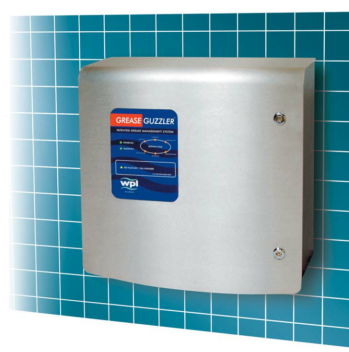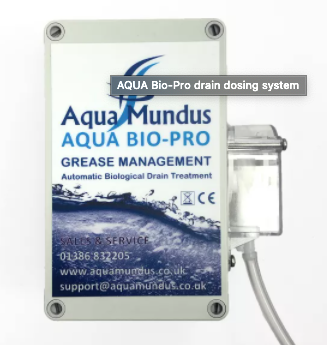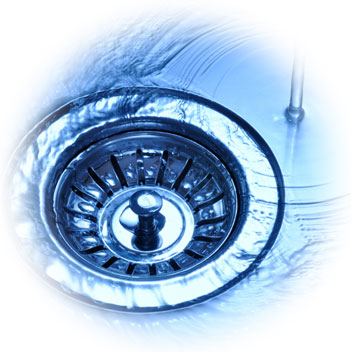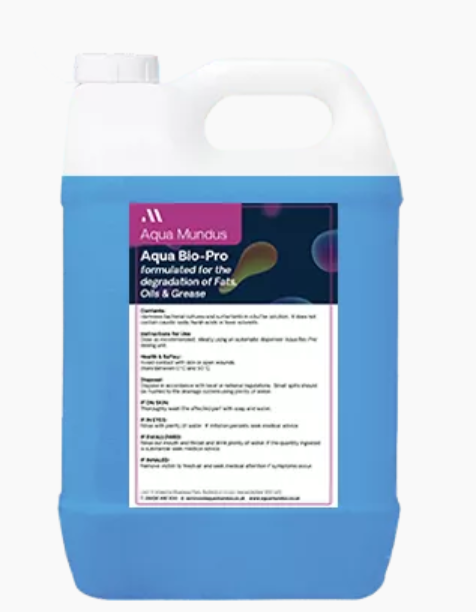Biological Grease TreatmentOverview
Biological grease treatment is now achievable with the advances in bio-technology, using specially designed grease degrading micro-organisms, biological dosing systems can be installed instead of grease traps or fitted to aid in the improvement of a grease traps performance.They are also suitable for treatment of fats, oils and grease within pumping/lift stations and sewage treatment plants.
Unlike enzyme fluid which simply emulsify the fats, oils and grease (FOG) allowing them to pass further down the drain line where they can restructure and cause blockages elsewhere.All our biological grease treatment dosing systems benefit from the advances in biotechnology by using multi-strain micro-organisms allowing the FOG molecules to be broken down and digested, ultimately leading to the final molecules been a mixture of H2O & CO2 How Biological Grease Treatment Technology Works
|
£0.00
Sub-Total £0.00
-
My Account
-
New CustomerBy creating an account, you will be able:
- to shop faster,
- be up to date on an orders status,
- keep track of the orders you have previously made.
Don't have an account with us yet?Click on the "Continue" button, then complete the details on the account page and we will contact you to finalise the process.
Otherwise, contact us and ask us to open an account for you. -
Returning customerAlready have a account with us, and want your web account enabled? Please call or email and ask us for your web account to be enabled.
-
Order by 12pm for Next Day Delivery.
Free on orders over £100+ VAT






